Insights from Hubspot’s 2019 Inbound Conference
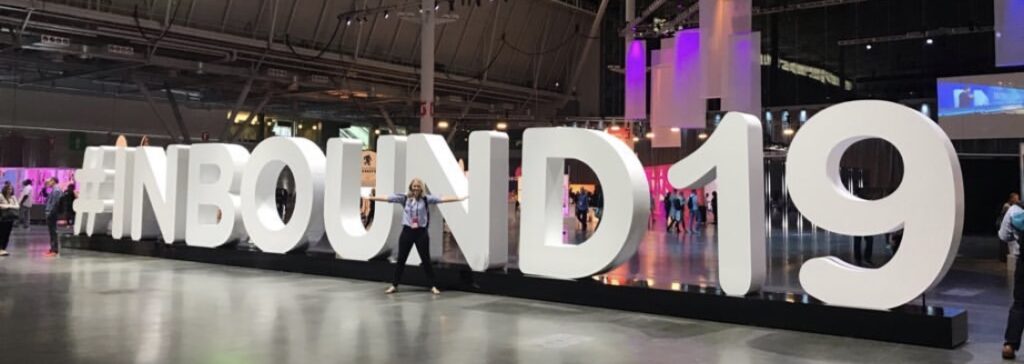
Boostability recently got to attend Hubspot’s Inbound 2019 conference in Boston on September 3-6th. We had an amazing time in an amazing city and learned about all kinds of great ideas and tactics that we’re excited to implement in our various marketing efforts. As the head of our content team here at Boostability, my time at Inbound focused on learning how to better optimize our blog, our collateral, and other types of content to help our customers and our readers. I’ll share a few of the themes below that I think everyone in the world of content will find relevant.
The traditional blog format might not cut it anymore
Does this formula sound familiar. You look at your content calendar, see that you have three open slots to fill before the end of the month. So you call a meeting with the rest of your content team to come up with a few story ideas. You create the list, make some assignments, then go about the rest of your day. Anyone? I think we’ve all been involved in that cyclical cycle before. But our content marketing won’t find success anymore if that’s all you do.
Nadya Khoja of Venngage said in her presentation about Growth By Content, that it’s no longer enough just to brainstorm a list of fun ideas to write about. You need a strategic approach to content. You need keyword research. You need category topics that have long-tail search queries. And you need to understand the theme and depth of the topics you write about.
Another key seminar I learned a lot from came from Aja Frost with Hubspot. She talked about how they were able to grow Hubspot’s blog by 3.2 million in just one year. Naturally, as a content marketer, I was very interested. She talked about the structure that most of our blogs have doesn’t give an internal linking strategy. It makes posts lose authority as they get pushed further and further down the home page. A new trend focuses on topic clusters of pillar pages. This type of blog framework helps you create topical authority and focuses in your content.
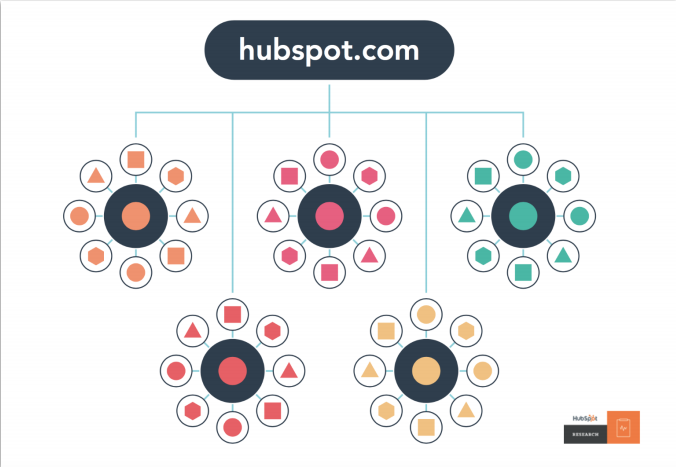
To get off your current content creation treadmill, she suggested that we need to do one of four things:
- Create new content under a new URL. Do this for new topics you’ve never written on before.
- Update and refresh your current content. Add sections, replace images, optimize the alt text. It’s important to do these for posts with growth potential or posts that used to rank but no longer do.
- Recycle the URL. Create new content for an existing URL. Do this for low-quality or out of date posts with similar or identical topics.
- Combine content. Take content from one article and add it to another, then re-direct the other one. This enhances the content piece and builds authority.
Ashley Faus of Atlassian talks about how our content need to be focused on our audience who wants to be engaged, not just plugging in empty slots on a calendar. People rarely engage in a linear funnel or in a straight line anymore. People come and go with content as they please, with little direction. In fact, people rarely engage with content the way we intended, and our writing direction needs to focus on that. Recognize that your content needs to be conceptual, strategic, and tactical at every level because people can engage with it at any time.
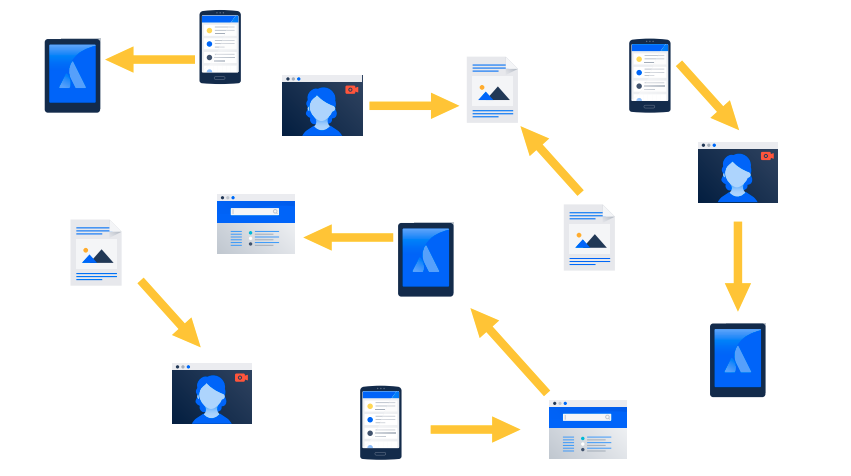
It’s ok to be bold or slightly delusional
This idea comes from the unicorn obsessed Larry Kim, creator of Mobile Monkey. He talked about all the fun ways to take your company from a donkey to a unicorn. And it’s a crucial first step of that process is to be slightly delusional. He points out there there’s a massive difference between huge (delusional) changes and little incremental tweaks here and there to our business model. Remember that a majority of our marketing success comes from just one or two campaigns versus every idea we run with. Figure out what works and expand on that.
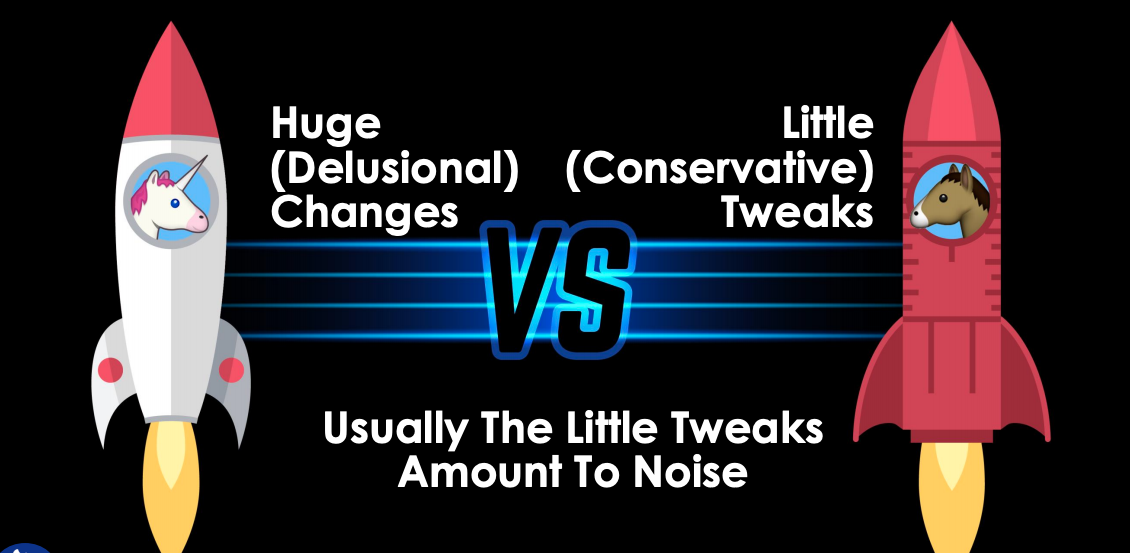
In a similar vein, Nadya Khoja from Venngage says too many marketers spend too much time on the content creation, and not enough on the promotion of it. You spent all this time creating a piece you’re proud of. There’s a very low chance of content going viral or gaining popularity if it’s just sitting there. She says the promotion of content should take up more time than the creation itself. Otherwise, if you’re not getting traffic, then what’s the point of it?
Struggling with upper management? Call it a “sales initiative”
Regardless of your industry, the main point is to make revenue. All marketers need to help create leads and traffic to hopefully increase sales, to help the company make money. Sales will always be the primary goal. And if you follow the ideas presented by Marcus Sheridan, get one of your marketing initiatives approved more quickly by calling it a “sales initiative”. Ask yourself as you write content if the sales team can use it right then, without edits, to help with their sales process. He suggests that 90% of content should be able to be used as a sales tool.
Transparency is key
You need to trust you audience. They’re not expecting beauty and perfection. Today’s digital culture puts on emphasis on what’s real and what’s authentic. Liz Giorgi, founder of Mighteor, talked about that. Today’s audiences are much more savvy than we’ve ever seen in year’s past, and marketing tactics need to adjust. Most customers can see through campaigns that are misleading, so you need to be very open with your content and marketing tactics.
Similarly, Marcus Sheridan talked about making sure your content answers the most basic questions. Consumers base their buying decision on finding what they’re looking for quickly. They make snap judgements if content is hard to understand, seems misleading, or doesn’t actually answer their questions. It’s up to you to teach your audience about the value of your product and show them why you’re the best at what you do.
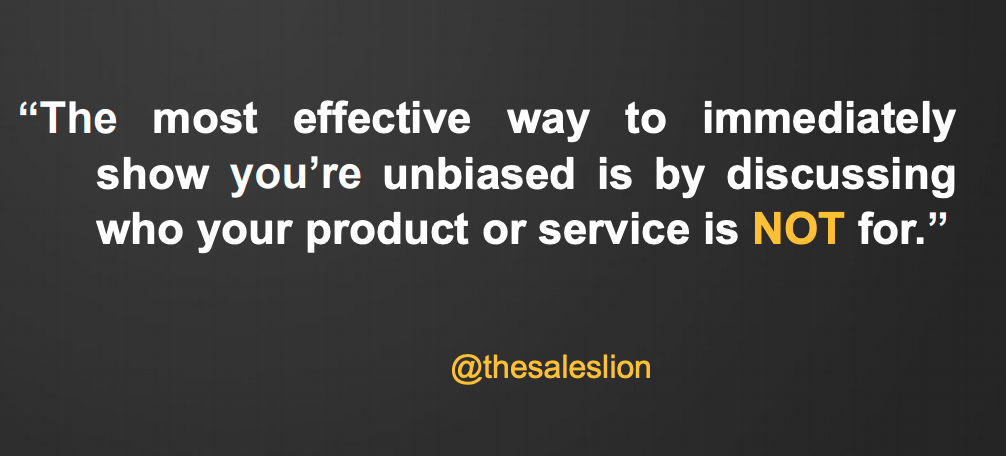
Content is more than just blogs
This might be obvious to many, but it can’t be stated enough. Too often we approach our jobs and the day in and day out of things as just a one-way street. We get set in our ways and rarely diverge from our tried and true methods. But we’re hampering ourselves in that equation. Videos, webinars, podcasts, white papers, one sheets, infographics, and so many other things fall under the content umbrella. Each of these is new way to engage with your audience. Expand your horizons beyond your current methods and you’ll see lots more engagement and growth.
Ashley Faus talked about content pairing in her presentation. Take a blog or a white paper that might not be getting the traction you want with a video or a podcast. Or on the other hand, if that content is performing extremely well, don’t just let it stay at that. Your users and readers are clearly interested in that information, adapt it into other content forms. In your social media posts, give people more options to engage with your good content than just a one and done post. Recycle your posts to give a greater audience to the content you create.
Inbound covered so many topics. Honestly, it became a little overwhelming trying to keep up with all the sessions I might find helpful. I hope you enjoy these little nuggets that were my favorite takeaways from my three days in Boston. I can’t to implement these ideas in my own content strategies!

